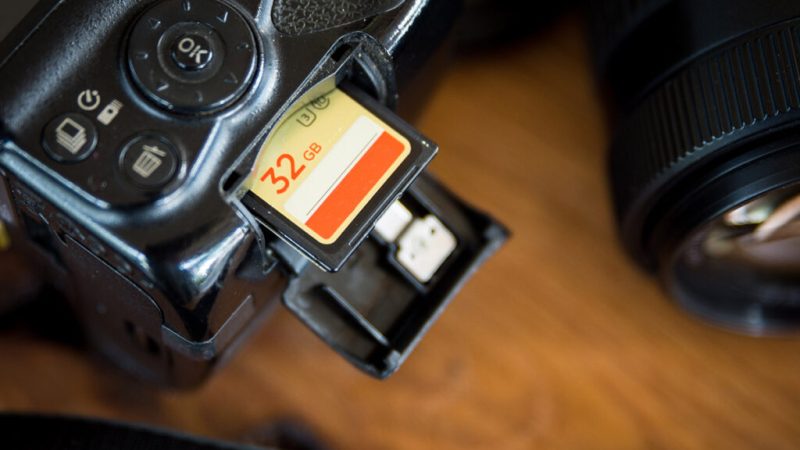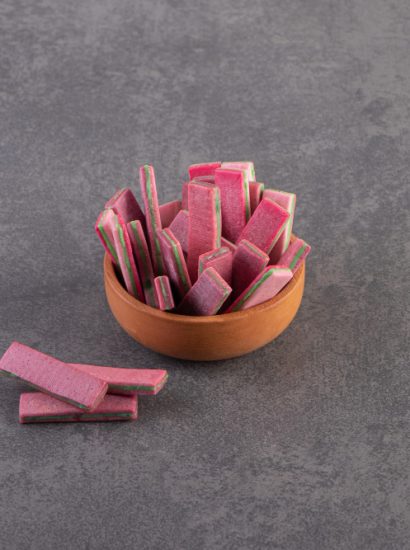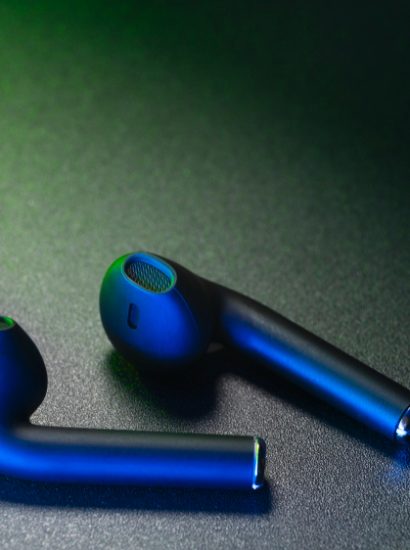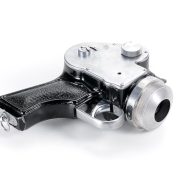If you’ve ever shopped for a camera memory card, USB drive, or smartphone upgrade, you’ve probably wondered: how many photos does 32GB hold? The answer isn’t as simple as one fixed number because it depends on several factors, including file format, image resolution, and compression settings.
In this guide, we’ll break down how storage capacity works, explain variables that affect photo sizes, and give you real-world estimates for different devices.
Understanding Storage and File Sizes
A 32GB storage device doesn’t actually give you the full 32 gigabytes for use — part of the capacity is used for formatting and file management. In reality, you can expect about 29–30GB of usable space.
Basic storage units:
- 1GB = 1,024MB
- 1MB = 1,024KB
Photo file size can range from 500KB (low-resolution JPEG) to over 50MB (high-resolution RAW).
Factors That Affect How Many Photos 32GB Can Hold
- Image Resolution – Higher megapixels mean larger file sizes.
- File Format – JPEG files are smaller due to compression, while RAW files store more data and are much larger.
- Compression Level – High compression reduces size but also image quality.
- Camera Model – Different cameras use different file encoding methods.
- Color Depth – Professional cameras may capture more color information, increasing file size.
Average Photo File Sizes
| Resolution / Format | Average File Size |
| 12 MP JPEG (high quality) | 3–4 MB |
| 24 MP JPEG (high quality) | 6–8 MB |
| 12 MP RAW | 20–25 MB |
| 24 MP RAW | 25–35 MB |
| Smartphone Photo (1080p) | 1–3 MB |
How Many Photos Does 32GB Hold? (Estimates)
Using average file sizes, here’s a breakdown:
For Smartphones (JPEG)
- Average size: 2MB
- 32GB ≈ 15,000 photos
For 12 MP Cameras (JPEG)
- Average size: 3.5MB
- 32GB ≈ 8,500 photos
For 24 MP Cameras (JPEG)
- Average size: 7MB
- 32GB ≈ 4,200 photos
For RAW Format (Professional Photography)
- Average size: 25MB
- 32GB ≈ 1,280 photos
JPEG vs. RAW: How It Affects Storage
- JPEG – Compressed, smaller size, great for casual use and sharing online.
- RAW – Uncompressed, larger size, ideal for professional editing and high-quality prints.
If you shoot in RAW, you’ll need more storage and may want to invest in higher-capacity cards like 64GB or 128GB.
Tips to Maximize Storage on 32GB
- Adjust Camera Settings – Lower resolution if you don’t need large prints.
- Use Efficient Compression – Opt for JPEG unless you need RAW.
- Transfer Files Regularly – Move photos to a computer or cloud storage.
- Delete Unwanted Shots – Avoid filling space with duplicates or poor-quality images.
How Many Minutes of Video Can 32GB Hold?
If you also shoot video:
- 1080p video (~130MB/minute) → ~4 hours on 32GB
- 4K video (~375MB/minute) → ~85 minutes on 32GB
Video files take up much more space than photos.
Choosing the Right Memory Card for Your Needs
- Casual Photography – 32GB is enough for a short trip or casual shooting.
- Event Photography – Consider 64GB+ to avoid swapping cards often.
- Professional Work – Use multiple high-capacity cards for RAW shooting.
Conclusion
So, how many photos does 32GB hold?
- For smartphone JPEGs: up to 15,000
- For DSLR JPEGs: 4,000–8,500 depending on resolution
- For RAW files: around 1,200
Your actual number will vary depending on camera settings, file format, and shooting habits. By understanding these factors, you can better manage your storage and avoid running out of space during important moments.
FAQs
1. Is 32GB enough for vacation photos?
Yes, for JPEG shooting. If you shoot in RAW or video, you might need more.
2. Do memory cards actually have less storage than advertised
Yes, due to formatting and system files.
3. Can I mix JPEG and RAW on one card?
Yes, but remember RAW files will reduce total capacity significantly.
4. How long will a 32GB card last?
Years, if stored properly and not physically damaged.
5. Should I get multiple smaller cards or one large card?
Multiple cards can be safer in case one gets corrupted.
Also read: Airbnb Review Example: Complete Guide to Writing the Best Feedback









